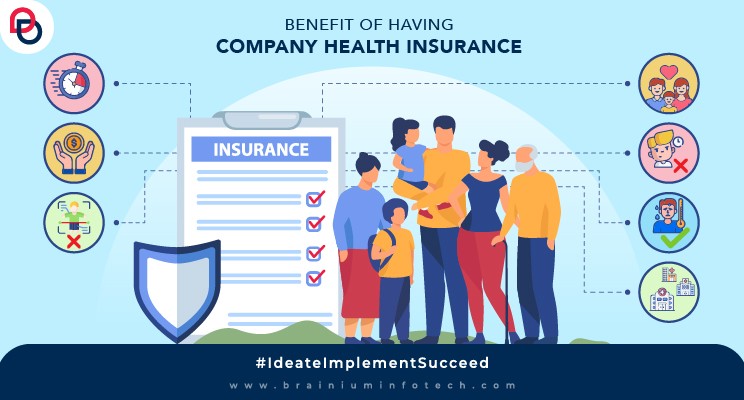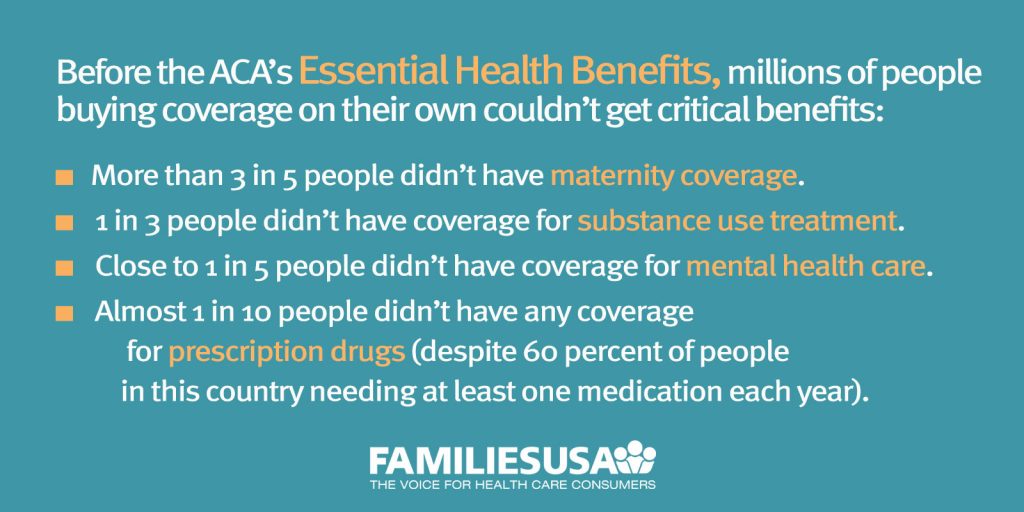What Does Medicare Advantage Agent Do?
Table of ContentsMedicare Advantage Agent for DummiesAn Unbiased View of Medicare Advantage AgentNot known Incorrect Statements About Medicare Advantage Agent

complies with from puzzling the fairly young age profile of the without insurance with the better health, generally, of younger persons. This covers the link in between health and wellness condition and medical insurance. For those without accessibility to office health and wellness insurance coverage, bad health is a possible barrier to purchasing nongroup insurance coverage due to the fact that such protection may be very priced, omit pre-existing problems, or be merely inaccessible. The variety of uninsured Americans is not specifically huge and has not changed recently. Seven out of ten respondents in a nationally depictive study believed that fewer Americans lacked health insurance coverage than in fact do(Fronstin, 1998). Approximately fifty percent(47 percent )believed that the variety of individuals without medical insurance reduced or stayed constant over the latter fifty percent of the last years(Blendon et al., 1999). This decline of practically 2 million in the variety of individuals 'without insurance (a reduction
of around 4 percent)is definitely a positive adjustment. With a softer economic situation in 2000 the newest reported gains in insurance protection might not proceed(Fronstin, 2001 ). The decline in the variety of without insurance will not proceed if the economy remains slow and healthcare prices continue to surpass rising cost of living. This is because the data were gathered for a period of strong economic efficiency. Of the approximated 42 million individuals that were without insurance, almost about 420,000(concerning 1 percent)were under 65 years old, the age at which most Americans become qualified for Medicare; 32 million were adults between ages 18 and 65, about 19 percent of all adults in this age group; and 10 million were kids under 18 years old, regarding 13.9 percent of all youngsters (Mills, 2000). These price quotes of the variety of individuals without insurance are created from the annual March Supplement to the Present Population Study (CPS), performed by the Demographics Bureau. Unless or else noted, nationwide estimates of people without health and wellness insurance and percentages of the populace with different type of coverage are based on the CPS, the most commonly utilized resource of price quotes of insurance policy protection and uninsurance prices. These surveys and the estimates they generate are defined briefly in Table B. 1 in Appendix B - Medicare Advantage Agent. These studies differ in size and sampling approaches, the concerns that are asked about insurance
Examine This Report about Medicare Advantage Agent
coverage, and the time duration over which insurance policy protection or uninsurance is measured(Lewis et al., 1998, Fronstin, 2000a ). Still, the CPS is especially useful because it generates annual quotes reasonably swiftly, reporting the previous year's insurance coverage approximates each September, and because it is the basis for a regular collection of price quotes for greater than 20 years, enabling for evaluation of fads in coverage gradually.

Some Known Questions About Medicare Advantage Agent.
The relationship in between wellness insurance policy and accessibility to care is well developed, as recorded later in this phase. The partnership in between health and wellness insurance coverage and health outcomes is neither straight nor straightforward, a comprehensive clinical and wellness services research literary works links health insurance coverage
to improved better to care, better much betterHigh quality and improved enhanced individual population health status. The second report, on individual wellness end results for uninsured grownups, is stood for by the inner circle of the figure, while the 3rd record, on family wellness, includes the topics of the second report yet stresses a various system of evaluation, particularly, the family.
It concentrates specifically on those without any health insurance for any size of time. The troubles dealt with by the underinsured remain in some respects similar to those dealt with by the uninsured, although they are typically much less severe. Uninsurance and underinsurance, however, include distinctly various plan concerns, and the techniques for resolving them might vary. Throughout this study and the 5 records to adhere to, the primary emphasis gets on individuals without any health insurance policy and thus no aid in spending for wellness care past what is readily available through charity and safety internet establishments. Medical insurance is an effective factor affecting invoice of treatment since both individuals and physicians react to the out-of-pocket rate of services. Wellness insurance, nonetheless, is neither required neither adequate to get to medical solutions. Nonetheless, the independent and direct impact of health
insurance policy coverage on accessibility to health and wellness solutions is well established. Others will get the healthcare they require also without health and wellness Full Report insurance coverage, by spending for it out of pocket or seeking it from suppliers who supply care totally free or at highly subsidized prices. For still others, health and wellness insurance alone does not guarantee invoice of care because of other nonfinancial obstacles, such as an absence of healthcare companies in their neighborhood, limited accessibility to transport, illiteracy, or etymological and cultural distinctions. Official study regarding without insurance populaces in the United States dates to the late 1920s and very early 1930s when the Board on the Price of Medical Care generated a collection of reports concerning funding medical professional office sees and hospitalizations. This problem ended up being significant as the varieties of medically indigent climbed up during the Great Anxiety. Empirical researches consistently sustain the link between accessibility to care and improved health outcomes(Bindman et al., 1995; Starfield, 1995 ). Having a normal resource of care can be considered a predictor of accessibility, instead of a straight procedure of it, when wellness results are themselves utilized as gain access to indications. This expansion of the concept of gain access to measurement was made by the IOM Board on Keeping Track Of Access to Personal Wellness Care Services(Millman, 1993, p. Whether or not parents are insured appears to impact whether their children obtain care along with just how much careeven if the children themselves have coverage(Hanson, 1998). The wellness of moms and dads can influence their capacity to take care of their children and the level of family members anxiety. Stressing over their kids's accessibility to care is itself a resource of tension for moms and dads. Three phases comply with in this report. Chapter 2 offers an overview of exactly how employment-based health and wellness insurance, public programs and specific insurance coverage run and website here interact to provide substantial but incomplete protection of the united state populace. This includes a testimonial of historic trends and public laws affecting both public and exclusive insurance, a conversation of the communications amongst the different sorts of insurance policy, and an examination of why people relocate from one program to another or wind up
